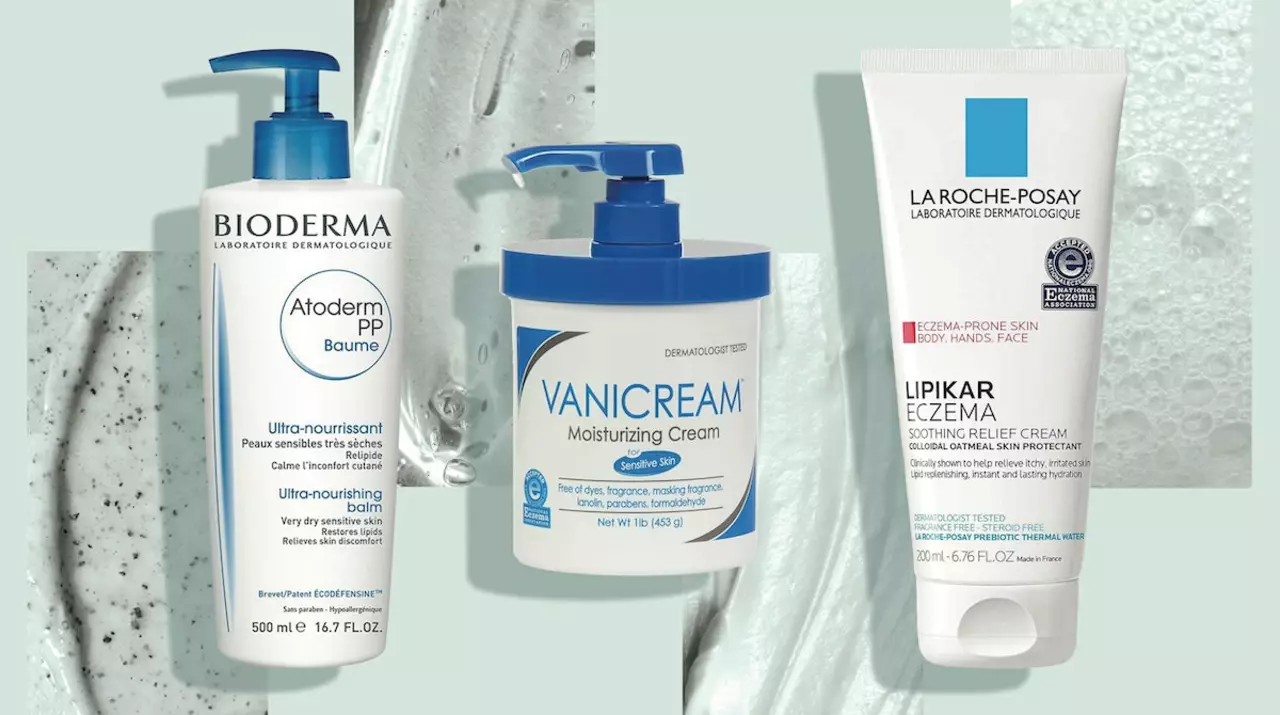Moisturizers: How to Choose the Best One for Your Skin
If you’ve ever wondered why some creams feel greasy while others disappear right away, you’re not alone. Moisturizers are meant to lock water into your skin, but the market is full of formulas that promise more than they deliver. In this guide we’ll break down what actually matters so you can stop guessing and start feeling comfortable in your own skin.
Why Hydration Matters
Your skin loses water every day – from showers, weather changes, or just normal wear and tear. When the barrier gets dry, it can feel tight, look flaky, and even itch. A good moisturizer helps seal that lost moisture back in, making the skin smoother and less prone to irritation. Think of it like a raincoat for your face; you don’t need a heavy coat if it’s only drizzling.
Picking a Moisturizer That Works
The first step is to know your skin type. Oily skin usually likes lightweight, water‑based gels or lotions that won’t clog pores. Dry skin benefits from richer creams with oils and butter like shea or jojoba. If you have a mix – say oily in the T‑zone and dry on the cheeks – try a light gel for the day and a thicker night cream where it’s needed.
Ingredients are the next big clue. Look for humectants such as glycerin, hyaluronic acid, or aloe – they pull water into the skin. Emollients like squalane, ceramides, or plant oils smooth out rough patches. Avoid heavy fragrances and alcohol if you’re prone to irritation; these can strip the barrier instead of protecting it.
Price doesn’t always equal performance. Many drugstore brands now use the same active ingredients as high‑end lines. Read the label, match the key components to your needs, and read a few reviews. You’ll often find a budget option that does the job just as well as a luxury product.
Application matters too. Apply moisturizer while your skin is still damp – right after washing or using a toner. This traps the water you’ve just added. Use gentle upward strokes; rubbing harshly can cause micro‑tears and make dryness worse.
If you’re dealing with specific concerns like eczema, acne, or aging, choose a targeted formula. For eczema, ceramides are a must. For acne‑prone skin, non‑comedogenic labels help keep pores clear. Anti‑aging creams often add retinol or peptides – but start slow to see how your skin reacts.
Seasonal changes can also shift what you need. In winter, thicker creams protect against wind and indoor heating. Summer calls for lighter gels that won’t feel sticky under sunscreen. Switching up your moisturizer a few times a year isn’t a sign of inconsistency; it’s smart skincare.
Finally, keep an eye on how your skin feels after a week. If you still notice tightness or breakouts, try a different formula. Skincare is personal – what works for a friend might not work for you. Trust your own experience and adjust as needed.
Moisturizers are simple tools that can make a huge difference when you pick the right one and use it correctly. With these tips, you’ll spend less time guessing and more time enjoying soft, comfortable skin every day.
Scaly Skin Overgrowths: Hydration vs Moisturization-What Works and How
Why skin gets scaly, what hydration and moisturizers can fix, and how to choose and use them. Clear steps, ingredient picks, and when to see a doctor.
learn moreThe best moisturizers for chapped skin relief
Chapped skin can be such a pain, especially during colder months. I've recently done some research on the best moisturizers to help relieve this uncomfortable issue. After trying out several products, I found that those containing ceramides, hyaluronic acid, and natural oils work wonders for soothing and healing dry skin. I also discovered that it's essential to choose a moisturizer that's fragrance-free and gentle on sensitive skin. I hope my recommendations will help you find the perfect moisturizer for your chapped skin and bring some much-needed relief!
learn more
